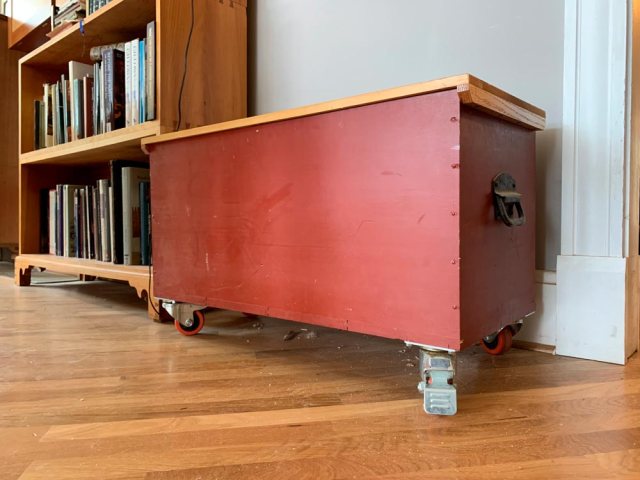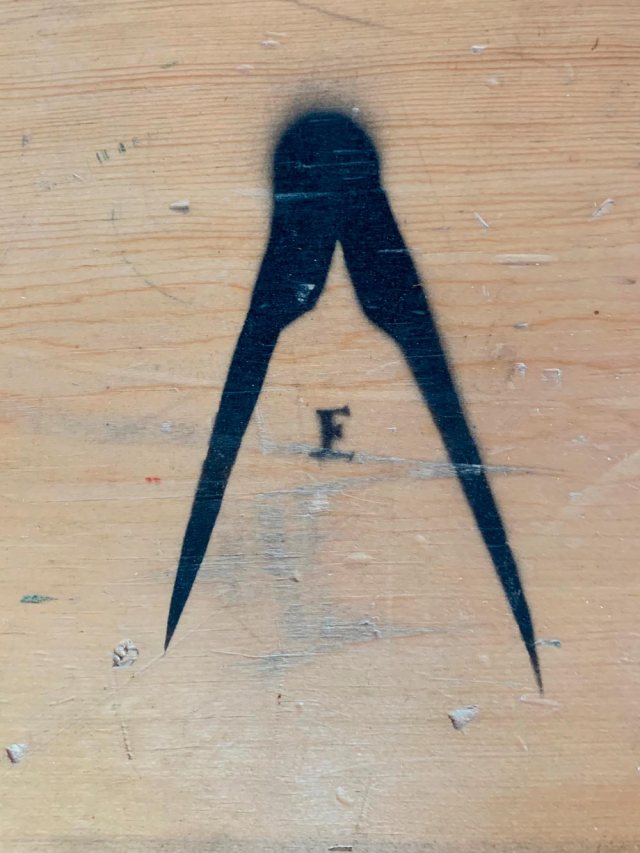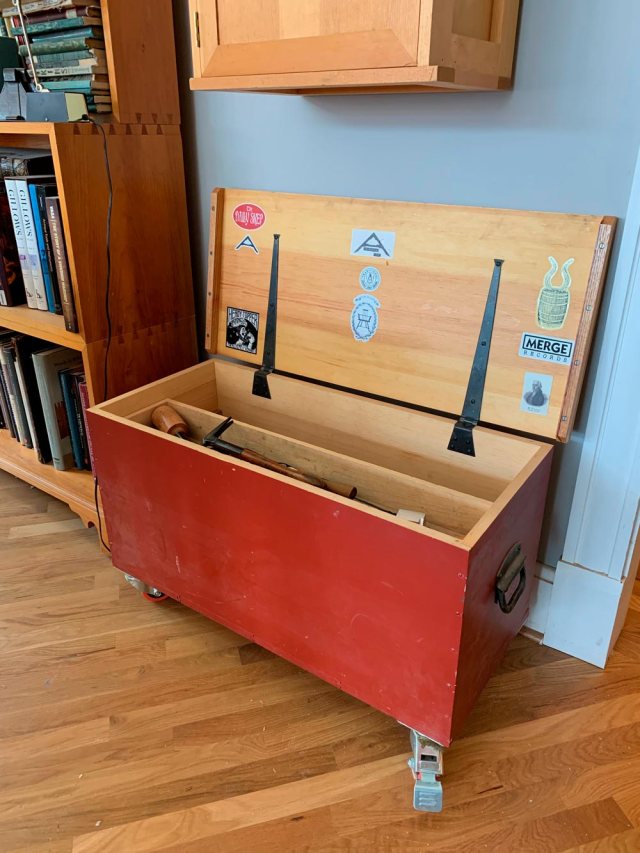
As I revise and expand “The Anarchist’s Design Book,” I’m also examining the pieces I built for it five years ago to see if I can learn anything to improve them.
The Boarded Tool Chest in Chapter 15 is one design I was worried about. When I make a tool chest, I dovetail the ever-loving snot out of it. The boarded tool chest, however, is all rabbets, nails and glue – like a cheap kitchen drawer.
But I built it on a leap of faith. In February 2015 I saw Jonathan Fisher’s tool chest at the Farnsworth Art Museum in Rockland, Maine. It had survived 200 years and was in good shape – no major repairs or loose joints. Plus, I had come to really appreciate the holding power of cut nails and Roman nails. After making some test joints, I tried to take them apart and ended up destroying the wood before the fastener would give up.
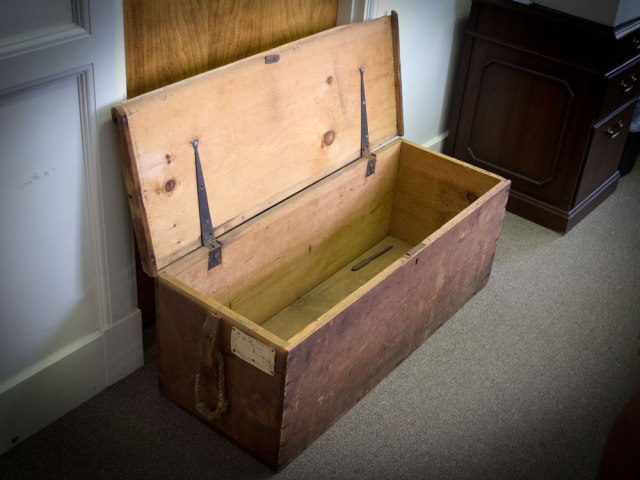
The chest shown here is one of about five or six boarded tool chests I made. I kept this one to use as a site box as we remodeled the storefront in Covington. For the first three years of its life, it held carpentry tools and was battered endlessly as I dragged it around the first floor and machine room. (Eventually I added nice casters that I’d scavenged from another chest.)

Now the chest holds tools for students and still sees some bumps and bruises. It also serves as a sawbench, a stool and a way for short people to reach things in high places.
Honestly, I have no problems with how the chest has worked. The corner rabbets are as tight as the day I made them with hide glue and rosehead nails. The tills – also nailed – still move smoothly and nothing has come loose. The pine top has remained flat thanks to the oak battens on the underside.
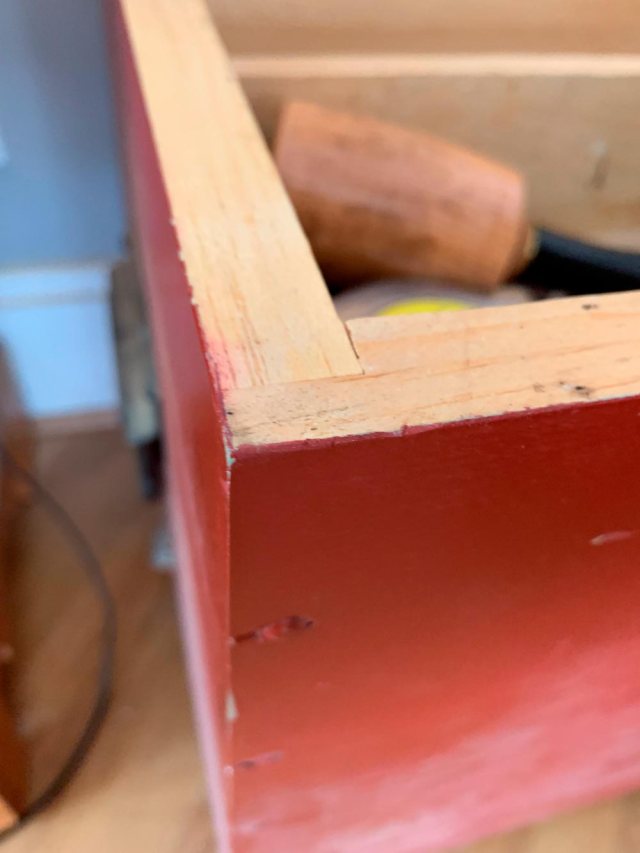
Don’t get me wrong, I love a dovetailed tool chest. But for home woodworkers who might not have the time for such a complex project, building it with roseheads, rabbets and glue is a sound alternative. Just make sure your joints are tight, you use the right nail, your pilot holes aren’t too big or too deep, and you size the end grain of the joint before assembly.
— Christopher Schwarz
